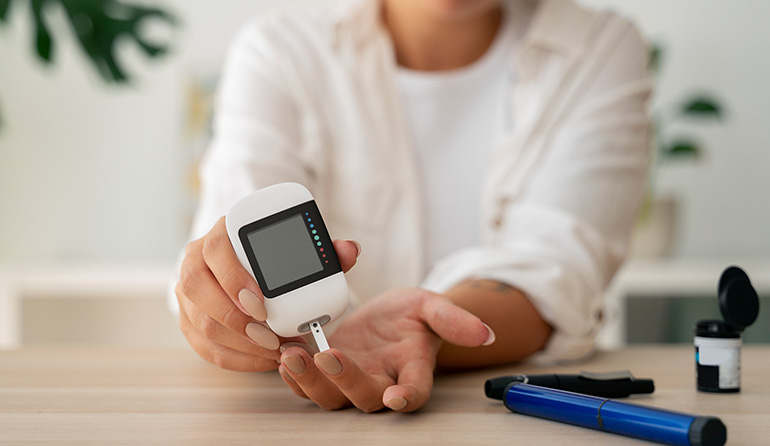
The Silent Threat of Screens Digital Eye Strain
Spending long hours on smart devices puts eye health at serious risk. Characterized by dryness, blurred vision, and headaches, digital eye strain is affecting more and more people every day.
Extended use of smartphones, computers, and tablets poses significant threats to our eye health. In recent years, a condition known as digital eye strain-also referred to as computer vision syndrome-has become increasingly common. It manifests through symptoms such as dry eyes, blurred vision, and headaches. Prolonged screen time directly contributes to this growing problem.
What Are the Symptoms of Digital Eye Strain?
Staring at digital screens for extended periods without breaks can strain the eye muscles, leading to a range of discomforts. This condition is especially prevalent among individuals who spend significant amounts of time in front of screens. Common symptoms include dryness or burning in the eyes, blurred or double vision, headaches, eye irritation or watering, and difficulty focusing. These symptoms tend to intensify with increased screen exposure.
How Can You Protect Your Eyes?
To help prevent or reduce digital eye strain, experts recommend the following strategies:
- Follow the 20-20-20 rule: Every 20 minutes, look at something 20 feet (about 6 meters) away for at least 20 seconds.
- Adjust screen brightness and contrast to comfortable levels.
- Use anti-glare screen filters to reduce reflections.
- Blink more often: People tend to blink less while looking at screens, which leads to dryness. Consciously blinking more frequently can help.
- Schedule regular eye exams to monitor your vision health.
Remember, Your Eyes Need Rest Too
In the digital age, eye care demands greater attention. Simple but effective habits-such as limiting screen time, maintaining proper posture, and ensuring adequate lighting-can go a long way in protecting your eyes from the fatigue of modern life.
August 2025




